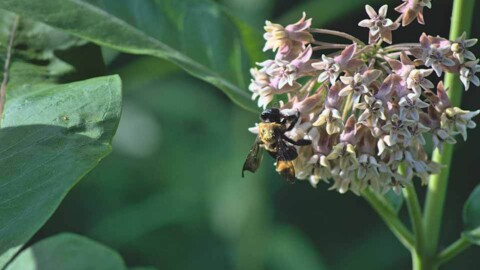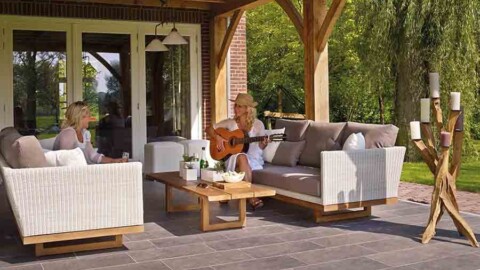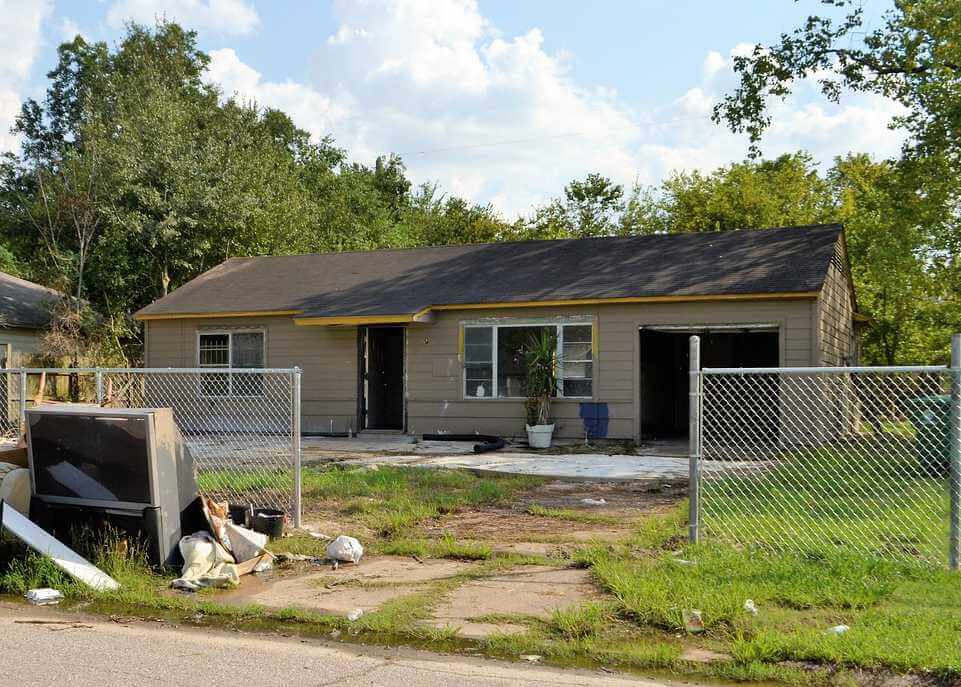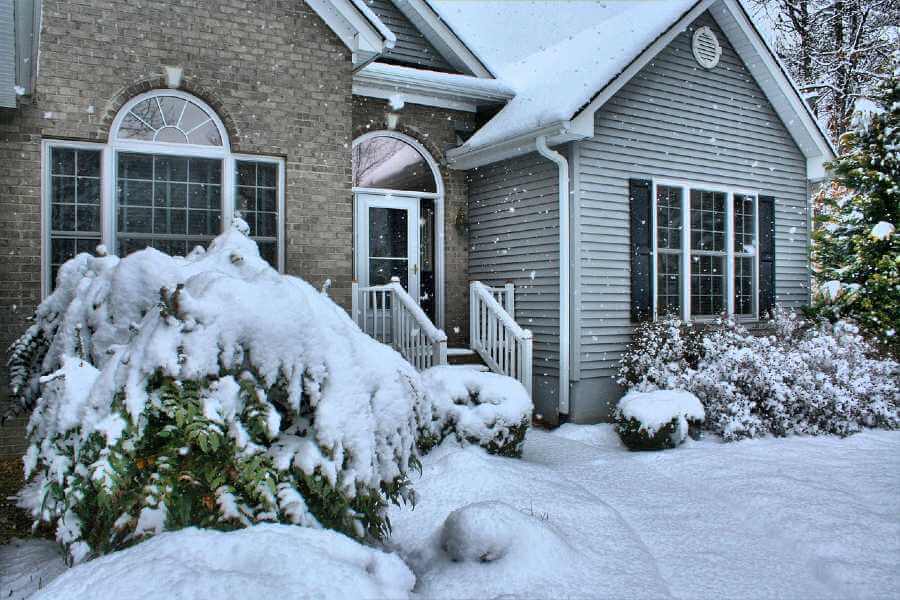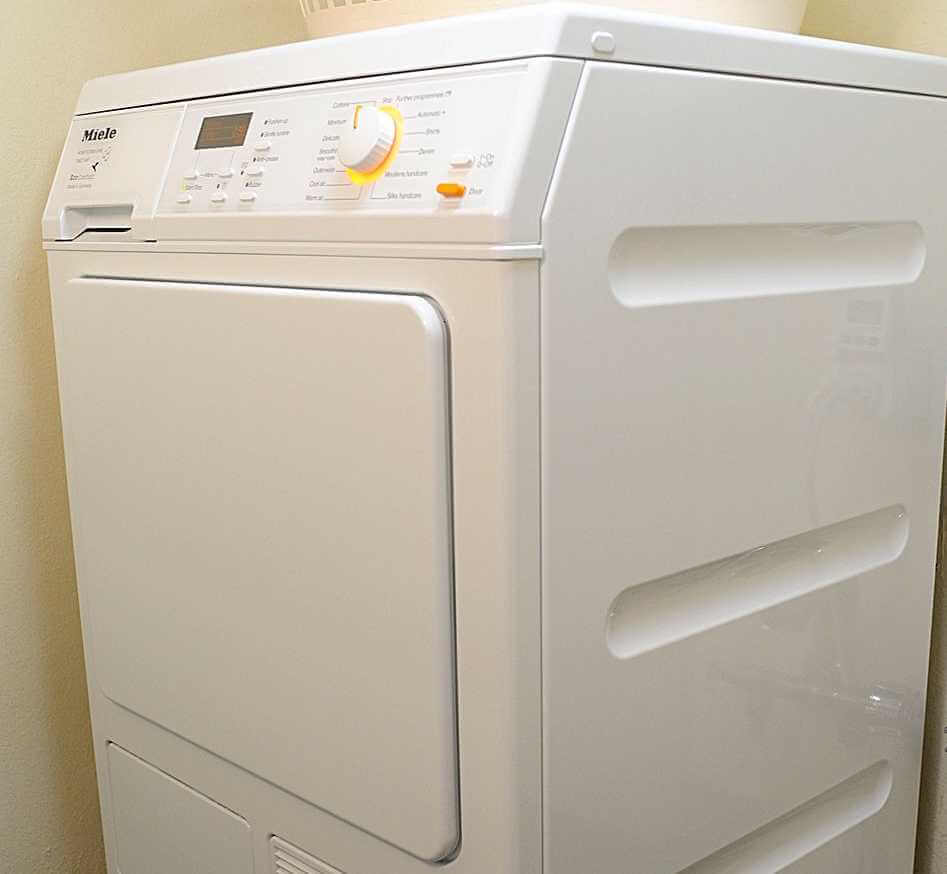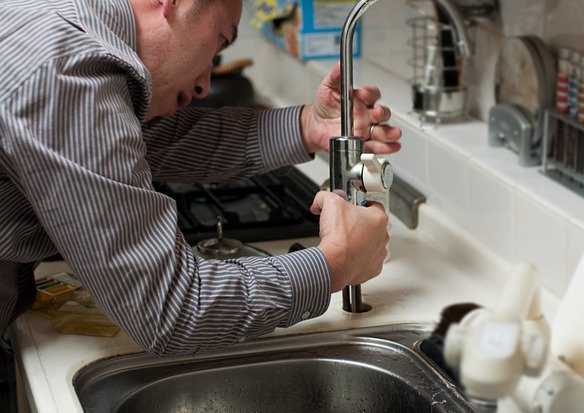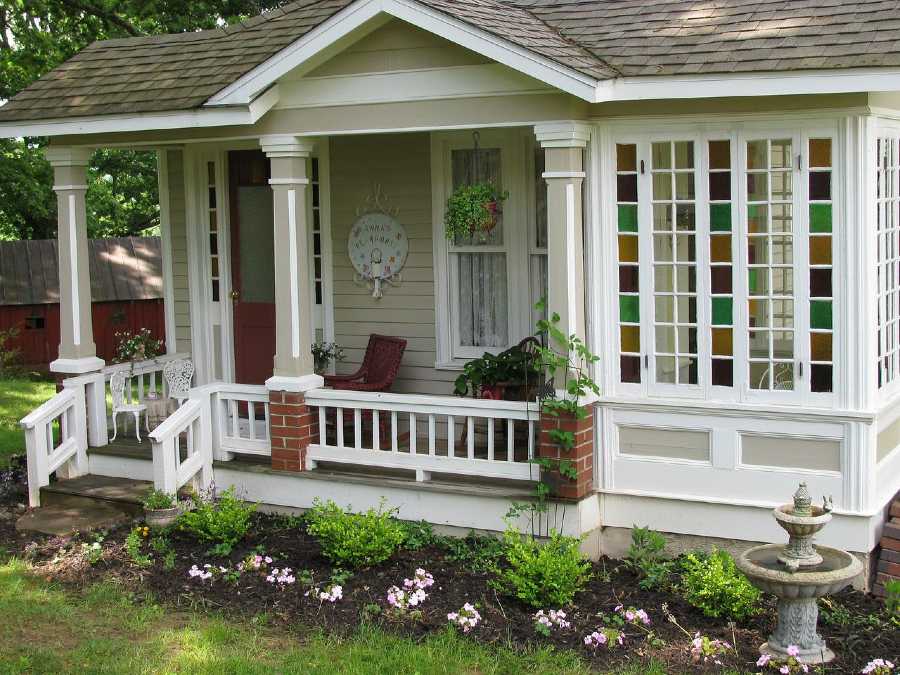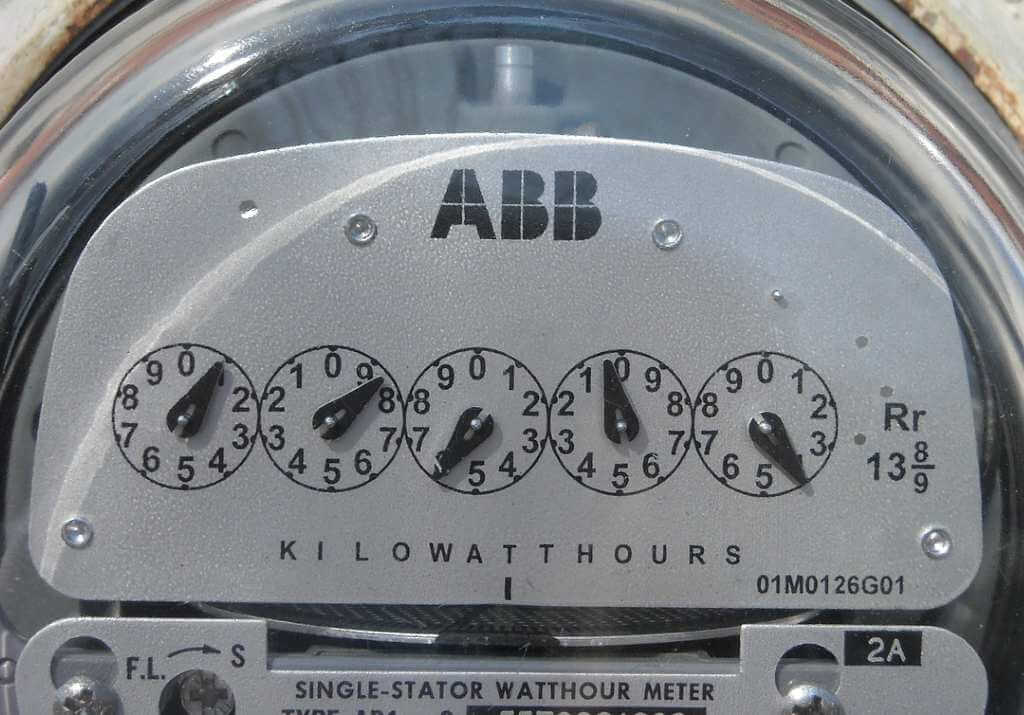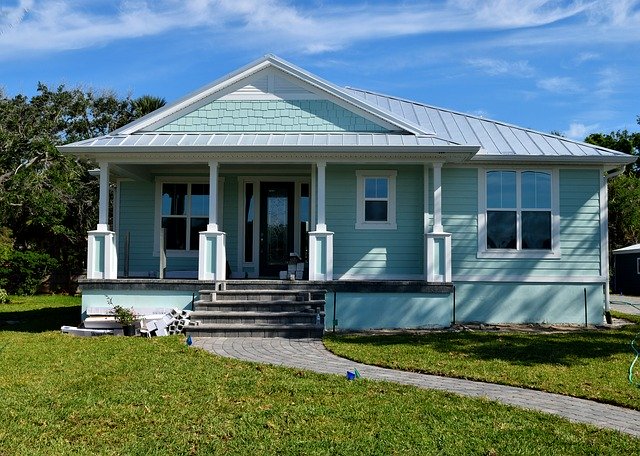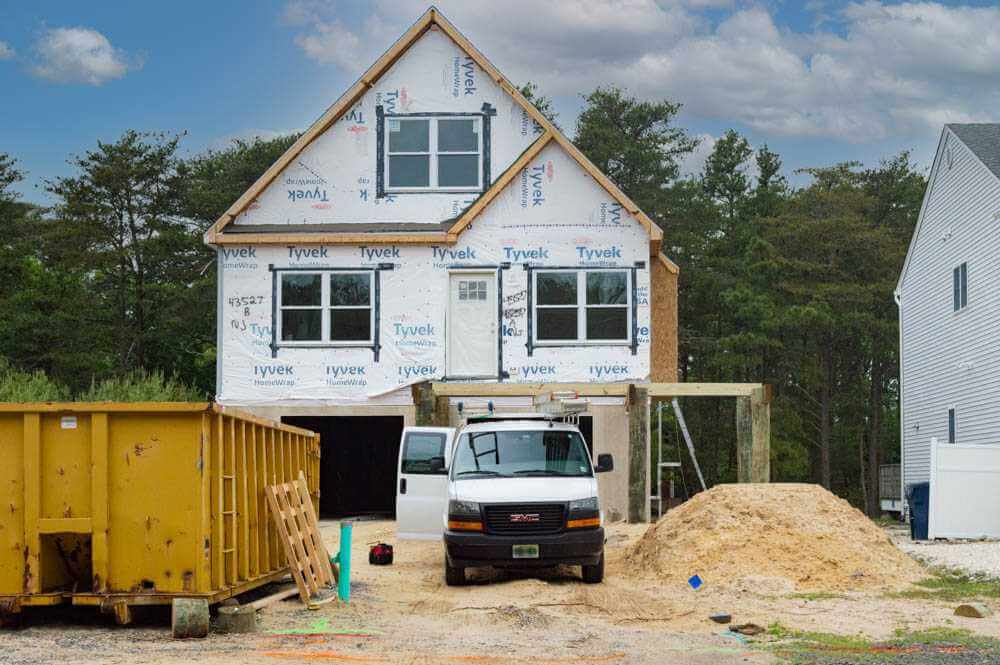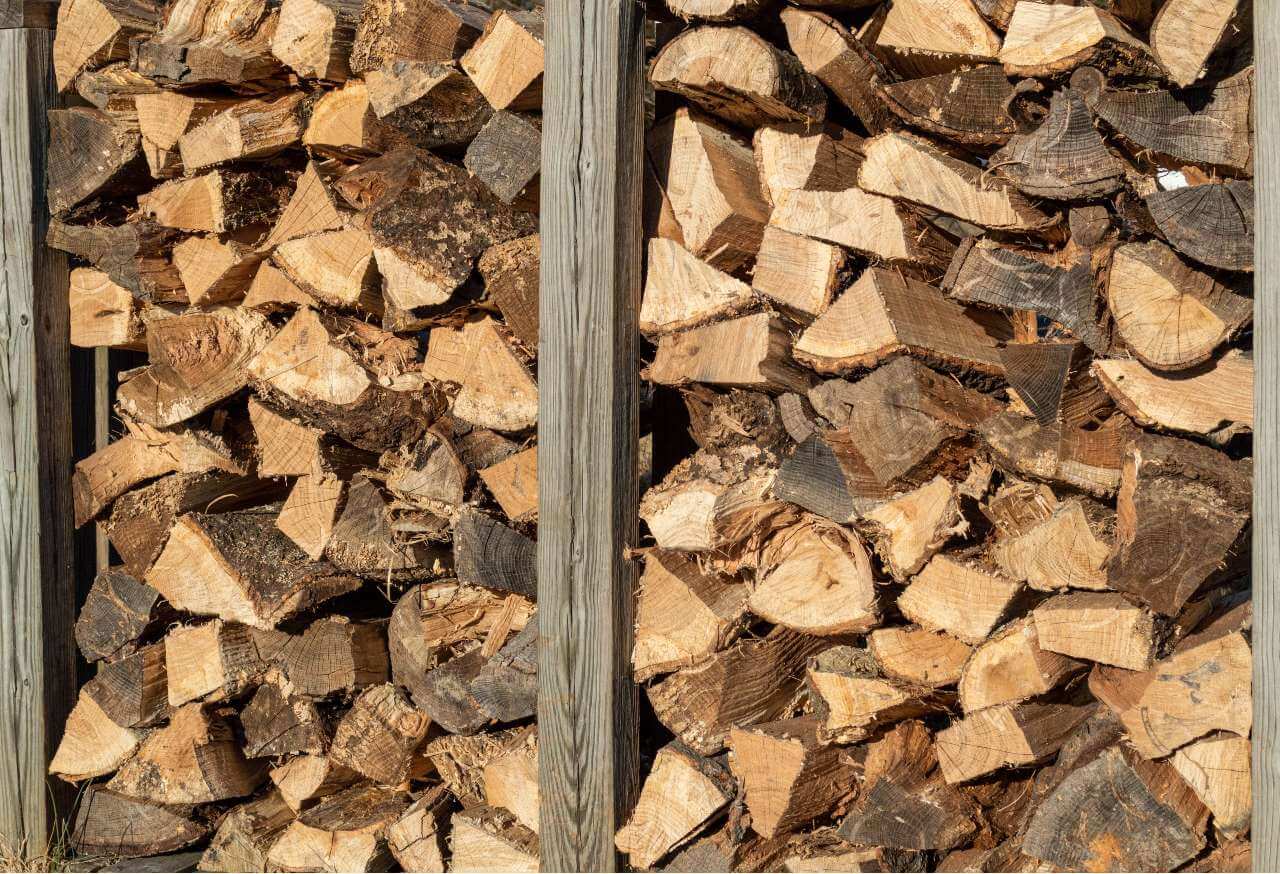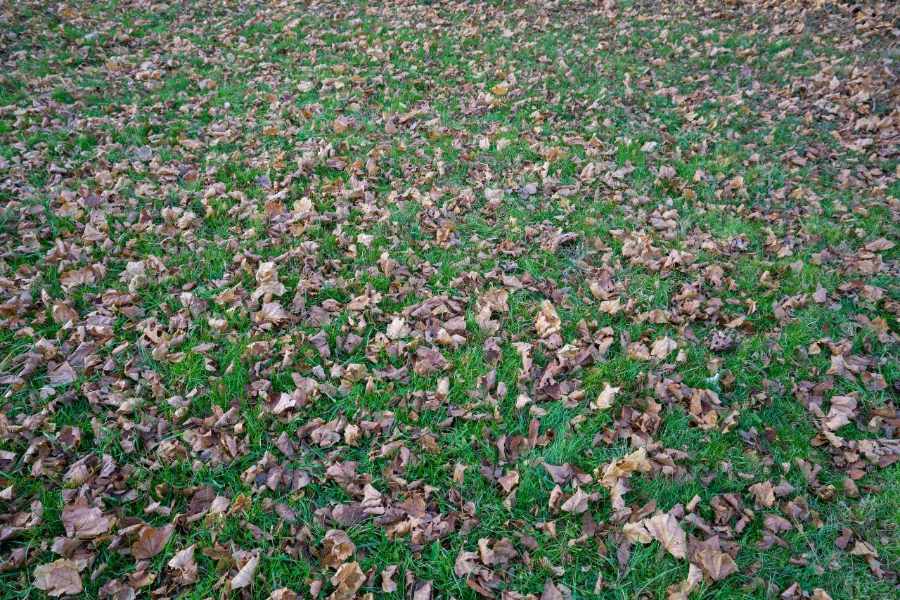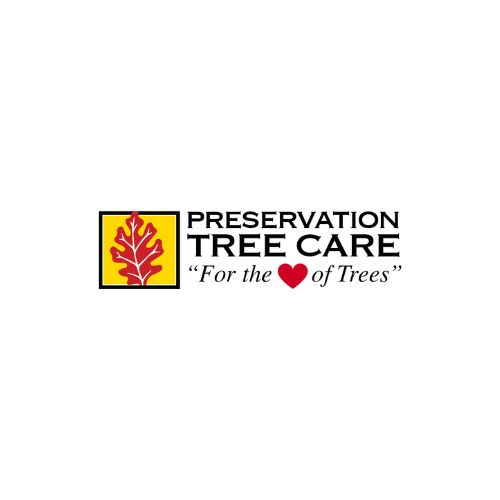Have you ever visited a botanical garden and wish you could have something as beautiful as that in your own yard? Well believe it or not, you can. And although it took many people many years to create that lush, public garden, you can get inspiration and ideas from it and do something similar for your own yard in less than one year.
If you have empty or overgrown areas in your yard it’s probably easier than you think for you to transform that ugly space into something a lot nicer, and to maintain it over the coming years.
Remove all your stresses
There can be many reasons for having a garden. You can plant a vegetable garden to grow your own food, grow a flower garden for the perfect view or to cut flowers for your vase, or if for no other reason, make a garden just to create a space where you can go to get away from all the stresses in your life to just relax and unwind.
Getting back to nature in your own backyard Zen Garden might just be the best way you can de-stress. So why not add an inviting new space where you live, or spruce up an old one, and create somewhere you can go to whenever you want to unwind.
So where do you begin? Horticulturist and author, Melinda Myers, suggests to follow the “Four R’s” of gardening to design a garden that works for you: Find the right plants, for the right purpose, put them in the right place, for the right look.
To find the right plants, determine their purpose. For example, the “purpose” an evergreen (a plant that stays green throughout the year, even in winter) shrub or hedge could be to screen the view of an outdoor eyesore, like an air conditioning unit. Other purposes for plants could be to attract butterflies and birds, grow a vegetable garden to help provide food for your family, or to create a flower garden to make your own floral arrangements.
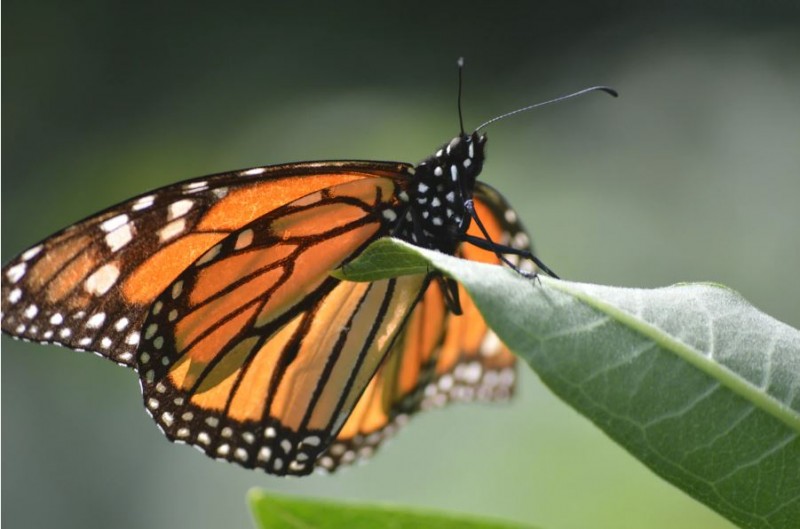
Plant a flower garden to create that Zen space we all need to help relieve the daily stresses of life. Photo credit: M. Dean at Unsplash
If you’re starting with a mess, get some ideas by taking a tour at your local botanical garden. Many public gardens now offer virtual tours, the The United States Botanic Garden closed during the coronavirus pandemic but you could still take their virtual botanical garden tour. After you find your inspiration, evaluate the space you have and your growing conditions then plan, design, and prepare your soil for optimal growing.
For your yard, first decide what plants you want to keep or move to another area, and what new plants you want to add, and where. If you’re renovating an existing garden pull all of the weeds, and be sure to also remove as many of the weed’s roots that you can. Take a soil test by collecting a little soil from different parts of your garden ( 4 – 6 inches deep), so you have a good general sample, and send it off to a certified soil testing lab. Gardeningproductsreview.com provides links to soil testing services for state universities across the country.
The main soil nutrients needed to keep your plants healthy are nitrogen to feed plant leaves and stems, phosphorous to promote flowering and root growth, and potassium to fight plant disease. If your pH level is low, say below the neutral level of between 6 and 7, you should add lime to the soil. Although some gardening experts say pH levels between 5.5 to 7 will support most vegetable growth, generally you should want to raise any pH level that is below 6.5. Use your soil test results to aid you in determining which is the best fertilizer mixture you should use.
Decide what plants to buy
Take accurate measurements of your outdoor space to determine how many plants to buy, and develop a plan for your garden space by sketching out how you want your new garden to look. If you have a “plot plan”, an accurate drawing or map of your property that shows the size and locations of buildings, driveways, etc, trace that out onto your new gardening plan to give yourself a better perspective of how things will all fit. Use this new “base map” to help decide what to plant near fixtures like decks, swimming pools, air conditioner units, tress and whatever else exists on your property.
When assessing your area for planting, choose plants that are both heat and cold tolerant for your area. Determine which areas are the hottest and have the most full sun and buy plants that can handle those conditions. Consider how much maintenance you will be able to provide, for instance – select plants that are more drought resistant if you can not provide daily watering. Try to buy perennial plants that will tolerate minimum winter temperatures in your area. You can find your plant hardiness zone at the USDA Plant Hardiness Zone Map.

Also include roadways in your planning, and things you can’t see like the direction of prevailing winds. For example, you might want to grow larger trees by the road to create a sound barrier or to provide privacy, to block winds, or to create more shade to help lower utility bills.
Choose an area in your yard as a focal point
If you have a large deck and you entertain a lot, focus on your best views from that area, or the view from inside the kitchen looking out into that area. Find the area on your property where people spend the most time, and make it more visually appealing so they will want to spend more time their.
For flower gardens, you might want a mixture of annuals, biennials and perennials flowering plants. Annual plants are just that, plants that grow for only one season or year, starting as a seed, growing until flowering, then turning to seed and dying in the same year. Some flowering plants are considered annuals because they are grown and left outside in the cold weather (or hot) until they die, but would live longer in warmer climates, or inside.
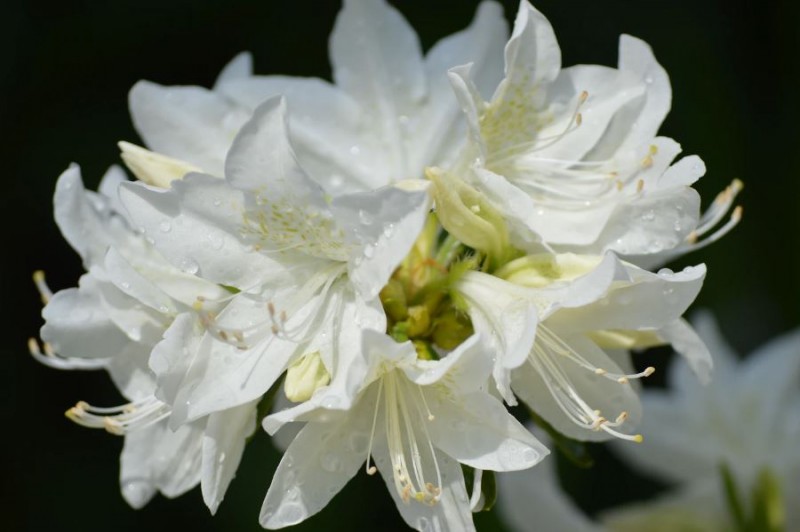
The white azalea is disease and heat resistant with large white flowers that bloom in the spring. Photo credit: M. Dean at Unsplash.
Annuals are commonly grown for their color throughout the season, and are perfect for container gardening as well as in outdoor gardens. Examples of annual flowering annual plants are the Sunflower, Impatiens, Coleus, Begonia, Ageratum, Lobelia, Verbena, Petunia, Salvia, Fuchsia and many more.
Biennials generally grow leaves in their first year and flower in their second year before going to seed and dying. Examples of popular biennial plants are Foxglove, Hollyhocks, Sweet William and even Parsley.
Perennial plants are plants that grow leaves in their first year, flowering in their second year and beyond, and can live for many years to come. Popular perennial include Astors, Coreopsis, Daylily, Salvia, Peony and Speedwell. Perennials that do well in the shade include Hosta, Fern, Hellebore, Fatsia and Brunnera.
Flowering shade trees like Dogwood explode in an abundance of colorful flowers in the spring. Shade tolerant shrubs like Viburnum, which flowers in the spring, and Hydrangea, flowering from mid-spring through the late summer or early fall, will add vibrant color to your landscape while evergreen shrubs like the Boxwood will stay green throughout the year.
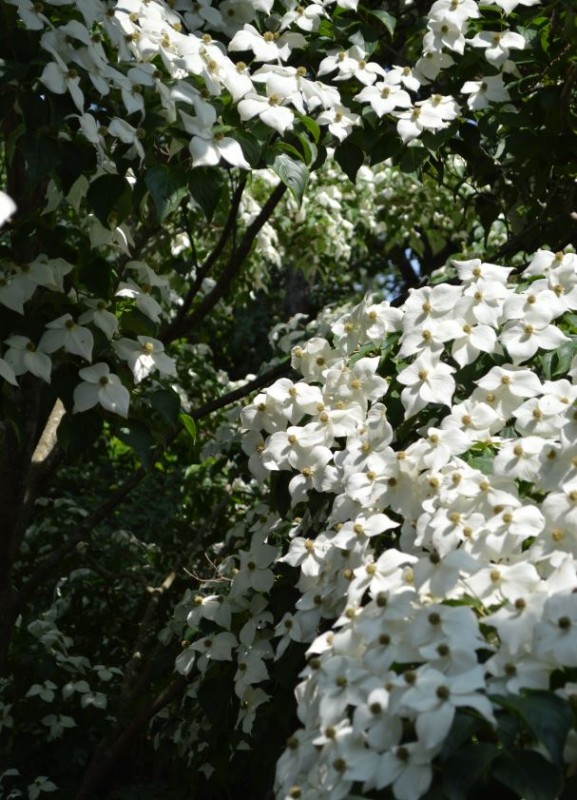
White flowering Dogwood trees provide excellent shade for the spring and summer months, and provide fruit for birds, groundhogs, chipmunks and other small animals. Photo credit: M. Dean at Unsplash
If you’re growing a vegetable garden, choose an area with full, direct sunlight. If you are not willing to rip up your existing lawn grass you can either buy or build a raised garden. For this, placing cardboard on the ground inside a wooden box frame with 12 inches of garden soil or compost mixed with top soil will do the job. The cardboard will suffocate the grass beneath it and will also decompose, so there is no need for dangerous weed and grass killers.
Visit your local gardening center to determine which flowering plants will do best in your area, what type of conditions they need, how large they grow, and plan your new flower garden accordingly.
With a little planning and inspiration from local botanical garden tours, you might be amazed at what you can do to enhance the appearance your own property, no matter how big or how small. And keep your new garden plan handy so you can make improvements and adjustments as you go, because gardening is an ever-changing and dynamic journey.
Low budget? See this article to learn how to make your own free plants from plants you already have.








